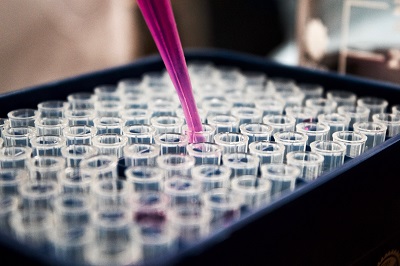FDA certification of medical devices refers to the regulatory process through which the U.S. Food and Drug Administration (FDA) evaluates and approves or clears medical devices for commercial distribution and sale in the United States. Here’s what FDA certification entails:
Safety and Effectiveness Evaluation: The FDA reviews scientific data and evidence submitted by device manufacturers to assess the safety and effectiveness of medical devices. This evaluation ensures that devices meet regulatory standards and perform as intended without posing undue risks to patients or users.
Regulatory Compliance: Devices must comply with FDA regulations, including adherence to design controls, manufacturing practices (Quality System Regulation - QSR), labeling requirements, and post-market surveillance.
Premarket Pathways: Depending on device classification, manufacturers must choose the appropriate premarket pathway:
- 510(k) Clearance: Devices that are substantially equivalent to legally marketed predicate devices can be cleared through the 510(k) pathway.
- Premarket Approval (PMA): High-risk devices that require extensive scientific evidence of safety and effectiveness undergo the PMA process.
- De Novo Classification: Novel devices without a predicate undergo evaluation under the De Novo pathway to establish a new classification.
Market Entry Authorization: FDA certification, in the form of clearance or approval, allows manufacturers to legally market and distribute their medical devices in the United States.
Post-Market Responsibilities: Manufacturers must fulfill post-market responsibilities, including monitoring device performance, reporting adverse events, implementing corrections or recalls if necessary, and maintaining compliance with ongoing regulatory requirements.
Labeling and Promotion: FDA certification also governs device labeling and promotional materials to ensure accurate representation of device capabilities, intended use, and safety information.

Contact Us:
Whatsapp or Wechat:+86 15816864648;email address:hito.lin@grzan.cn
.png)
.jpg)
.png)

.png)